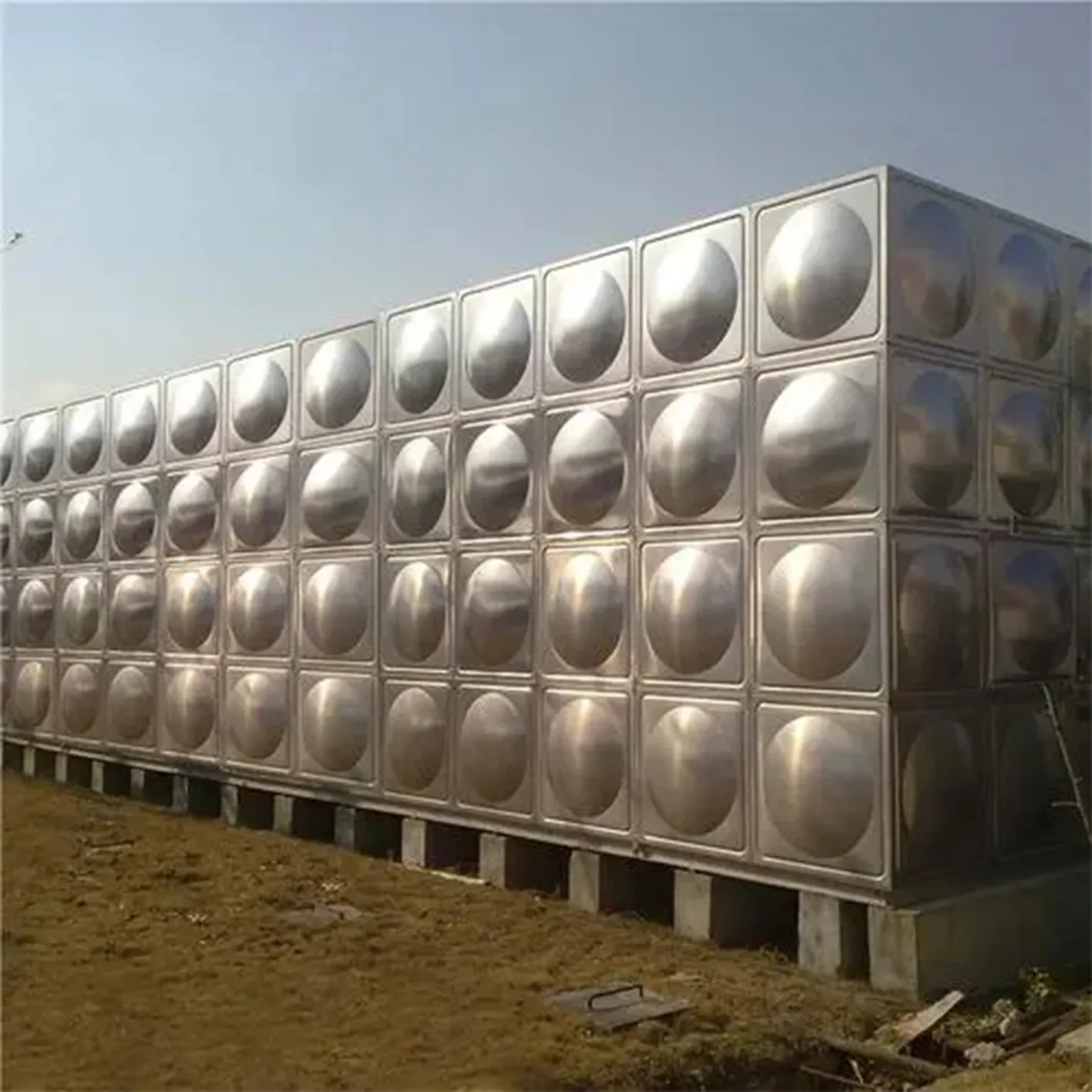loading...
- No. 9, Xingyuan South Street, Dongwaihuan Road, Zaoqiang County, Hengshui, Hebei, China
- admin@zjcomposites.com
- +86 15097380338
- Welcome to visit our website!
frp bridge deck
The Advancement of FRP Bridge Decks in Modern Infrastructure
In recent years, the demand for sustainable and durable construction materials has surged, particularly in the development of infrastructure such as bridges. Among the innovative solutions that have emerged, Fiber-Reinforced Polymer (FRP) bridge decks have gained significant attention due to their unique properties and advantages over traditional materials.
What is an FRP Bridge Deck?
FRP, or Fiber-Reinforced Polymer, is a composite material made by combining a polymer matrix with fibers, such as carbon, glass, or aramid. When utilized in bridge deck applications, FRP offers a lightweight yet strong alternative to conventional materials like concrete and steel. The incorporation of fiber reinforcement provides enhanced strength, stiffness, and resistance to environmental degradation, which is crucial for structures exposed to harsh conditions.
Advantages of FRP Bridge Decks
1. Lightweight One of the most significant advantages of FRP bridge decks is their low weight. This attribute simplifies the construction process, as lighter materials reduce the load on supporting structures. Consequently, this can lead to lower foundation costs and allow for easier transportation and installation.
2. Corrosion Resistance FRP materials exhibit excellent resistance to corrosion, particularly in environments susceptible to humidity, saltwater, or chemicals. Traditional steel and concrete materials can deteriorate over time due to corrosion, leading to increased maintenance costs and shorter lifespans. In contrast, FRP bridge decks remain resilient, requiring less frequent repair and offering a longer service life.
3. Durability In addition to corrosion resistance, FRP bridge decks are highly durable under diverse weather conditions. They can withstand extreme temperatures, moisture, and UV exposure without significant degradation or material fatigue, making them suitable for a wide range of environmental scenarios.
4. Design Flexibility The versatility of FRP allows for creative engineering solutions. Designers can shape units to fit specific requirements or aesthetic preferences, enabling the construction of innovative and visually appealing structures that can enhance the surrounding environment.
frp bridge deck

Applications and Case Studies
The deployment of FRP bridge decks has been observed in various projects worldwide. For instance, the Bahrain Ring Road incorporated FRP decks in its construction, which helped reduce the overall weight of the structures while maintaining high durability standards. Similarly, several pedestrian and bike bridges in urban settings have utilized FRP materials to blend safety with aesthetic appeal, ensuring a smooth and pleasing experience for users.
Furthermore, FRP bridge decks have found applications in regions prone to seismic activity. Due to their lightweight nature and flexibility, FRP materials can absorb shock more effectively than traditional materials, making such bridges more resilient during earthquakes.
Challenges and Considerations
Despite their numerous advantages, the adoption of FRP bridge decks does not come without challenges. One major hurdle is the initial cost, which can be higher than that of conventional materials. However, this is often offset by long-term savings derived from reduced maintenance costs and extended service life.
Another consideration involves constructing connections between FRP decks and traditional materials, which may require additional engineering to ensure compatibility and structural integrity. Ongoing research and development in this field aim to address these challenges and improve the overall feasibility of FRP in bridge construction.
The Future of FRP Bridge Decks
As infrastructure needs continue to evolve, the importance of sustainable and efficient building materials will only grow. FRP bridge decks have the potential to play a pivotal role in this transformation by providing reliable, long-lasting solutions that meet modern standards for durability and environmental performance.
In conclusion, the introduction and implementation of FRP bridge decks signify a promising advancement in engineering and construction. With the combined benefits of lightweight design, corrosion resistance, and aesthetic versatility, these materials are poised to become a cornerstone of future infrastructural projects, paving the way for a more resilient and sustainable approach to bridge construction worldwide. The continued exploration and refinement of FRP technology will be crucial to unlocking its full potential in the building industry.
-
The Rise of FRP Profiles: Strong, Lightweight, and Built to LastNewsJul.14,2025
-
SMC Panel Tanks: A Modern Water Storage Solution for All EnvironmentsNewsJul.14,2025
-
GRP Grating: A Modern Solution for Safe and Durable Access SystemsNewsJul.14,2025
-
Galvanized Steel Water Tanks: Durable, Reliable, and Ready for UseNewsJul.14,2025
-
FRP Mini Mesh Grating: The Safer, Smarter Flooring SolutionNewsJul.14,2025
-
Exploring FRP Vessels: Durable Solutions for Modern Fluid HandlingNewsJul.14,2025
-
GRP Structures: The Future of Lightweight, High-Performance EngineeringNewsJun.20,2025
